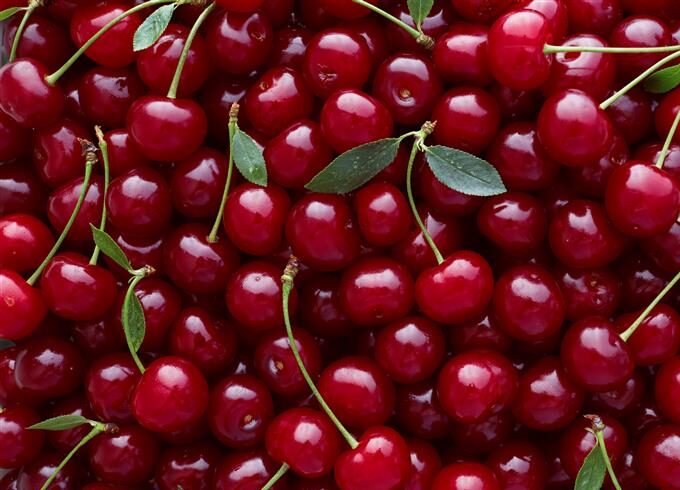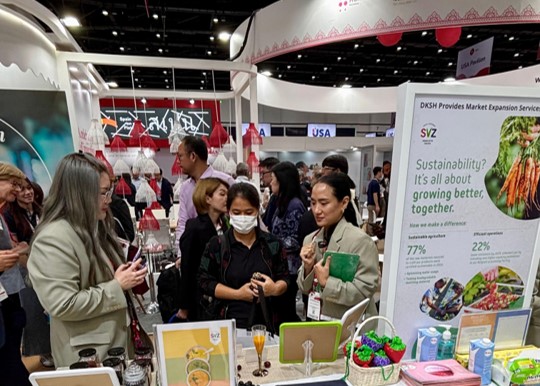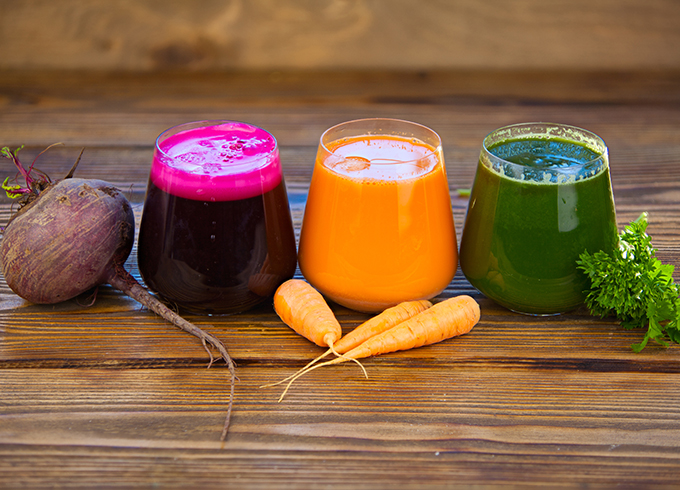Summer 2025 brings weather challenges, high demand and reasons to hope

This year’s summer season has been anything but sunny – literally and figuratively. Following an unusually cold May, summer arrived abruptly in early June with temperatures nearing 30°C. While the warmth was welcome, it brought extreme weather including heavy rain, hailstorms and strong winds – especially in southern Poland, a key region for berry and stone fruit cultivation, causing localised crop damage.
July brought further challenging conditions across our growing regions, with rapid and repeated rainfall leading to localised flooding and water accumulation in many fields. Despite these setbacks, harvest activity continues with the support of our expert team of agronomists and partner growers. Plus, with a short period of warm weather expected in the coming weeks, the end-of-summer conditions are looking generally positive. Read on as we break down the progress of key individual crops and what to expect from the rest of the 2025/26 season.
Cherries and raspberries: The comeback crops
The Lutowka variety of sour cherry is now in full harvest, with overall field conditions looking far better than originally predicted. Thanks to careful field management and additional treatments ahead of the season, fruit quality has remained strong despite uncooperative weather.
Summer raspberries are nearing the end of their season, representing 60% of the total crop. Due to heat and rain, the fruit has softened and is currently suitable only for puree and juice concentrate processing, rather than IQF. Encouragingly, the autumn raspberry crop is developing well, with healthy fields and early fruit already appearing. Contrary to early-season reports, volumes for the autumn crop are now expected to reach typical volume once harvesting begins in earnest over the coming weeks.
Other red fruits under pressure
Blackcurrants have also been hit by frosts and hail. As a result, many farmers have opted to harvest earlier than usual, and the season is now nearing its end. Strong demand from processing plants has helped keep prices stable despite the challenging conditions. Meanwhile, wild blueberry harvests in Ukraine’s Carpathian region are down 50% compared to normal years. With 2024 stocks depleted and limited fruit in the wild, competition is fierce and supply scarce. Finally, this year’s aronia yield is expected to be down by 50% on “normal” volumes, despite most plantations performing well. Our agronomists will keep a close eye on supply levels once the aronia harvest begins – around the last week of August.
Vegetables: Staying stable despite persistent “bugs”
As some fruit varieties come to the end of their season, the challenges have only just begun for most vegetable crops. Facing intense insect and fungal pressure, growers have been applying extra care, which has kept progress largely on track, with carrots and red beets progressing normally.
Here to help you weather the storm
Despite ongoing weather challenges, high prices, and supply constraints, at SVZ we remain committed to securing volumes, serving updates and supporting our customers throughout the season to come.
Delivering a reliable supply of high-quality, responsibly-sourced fruit and vegetable ingredients, whatever the weather – it’s what we do.


